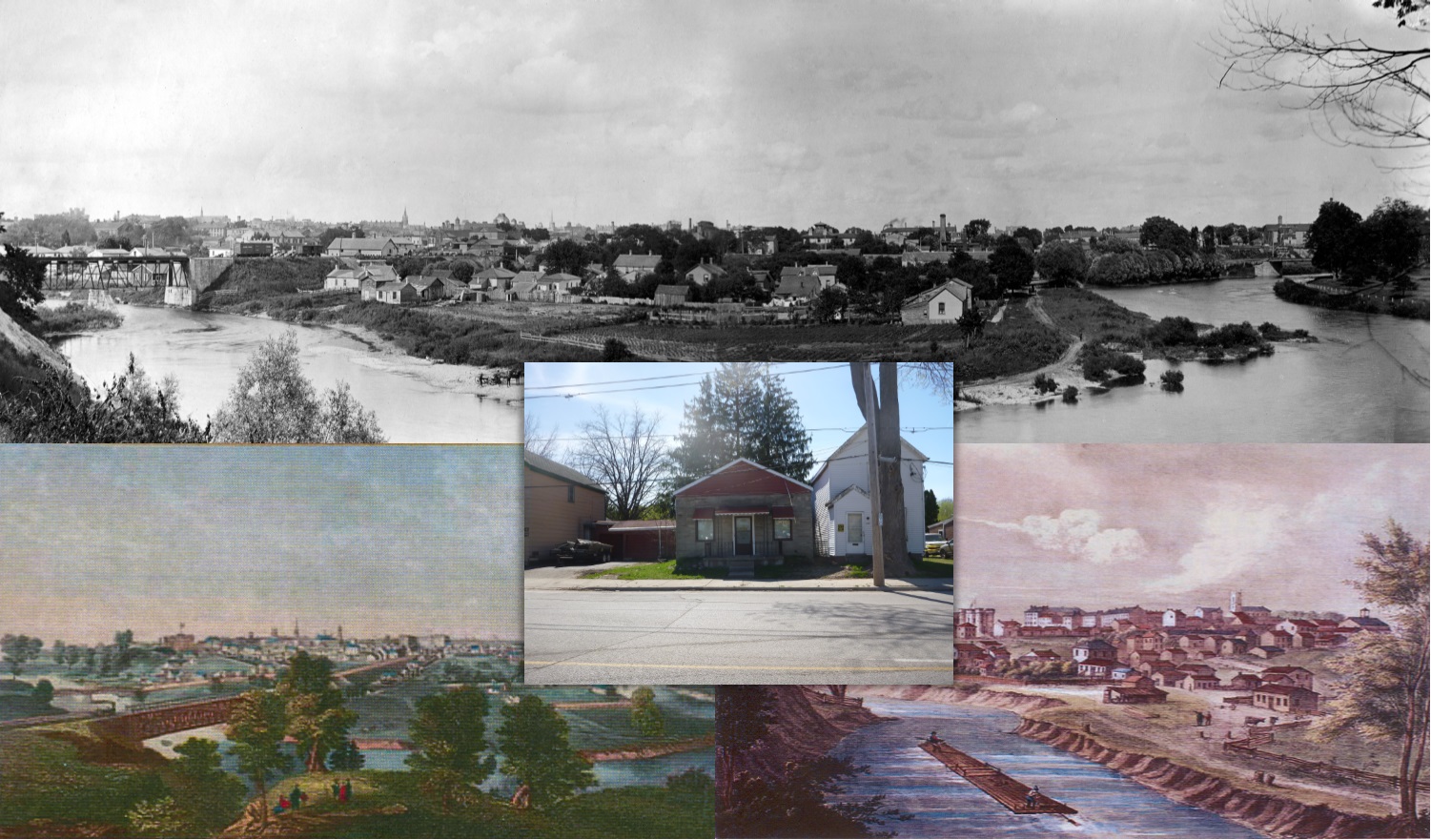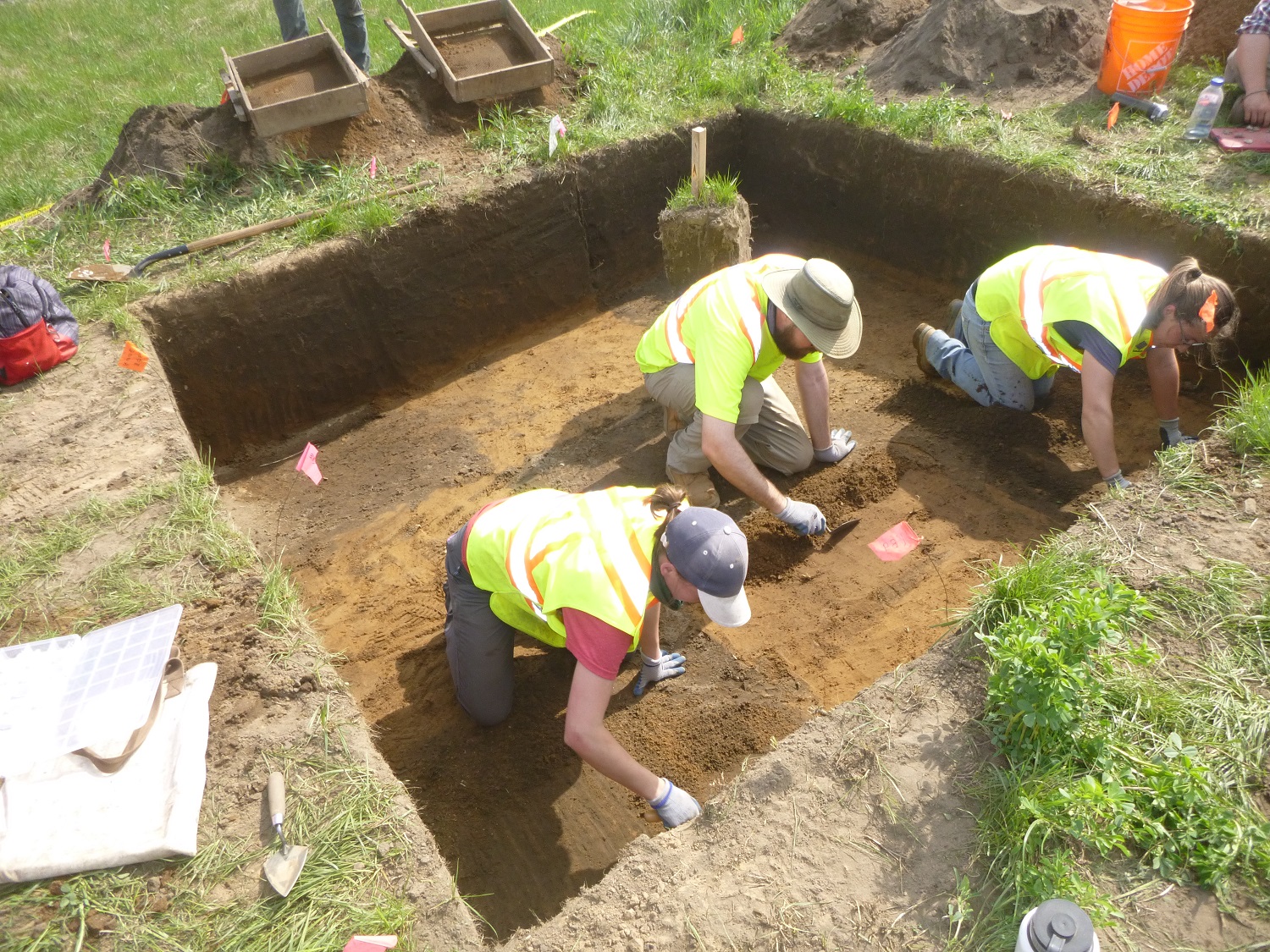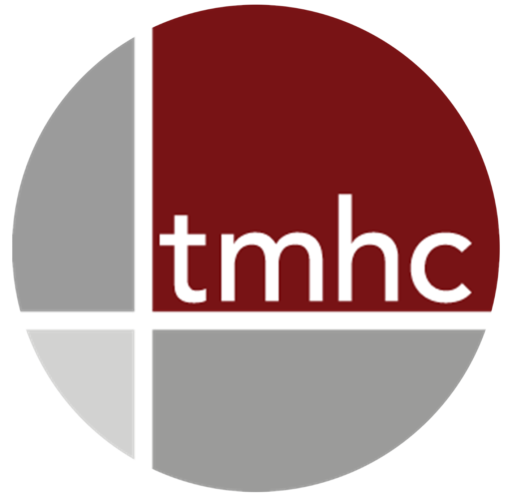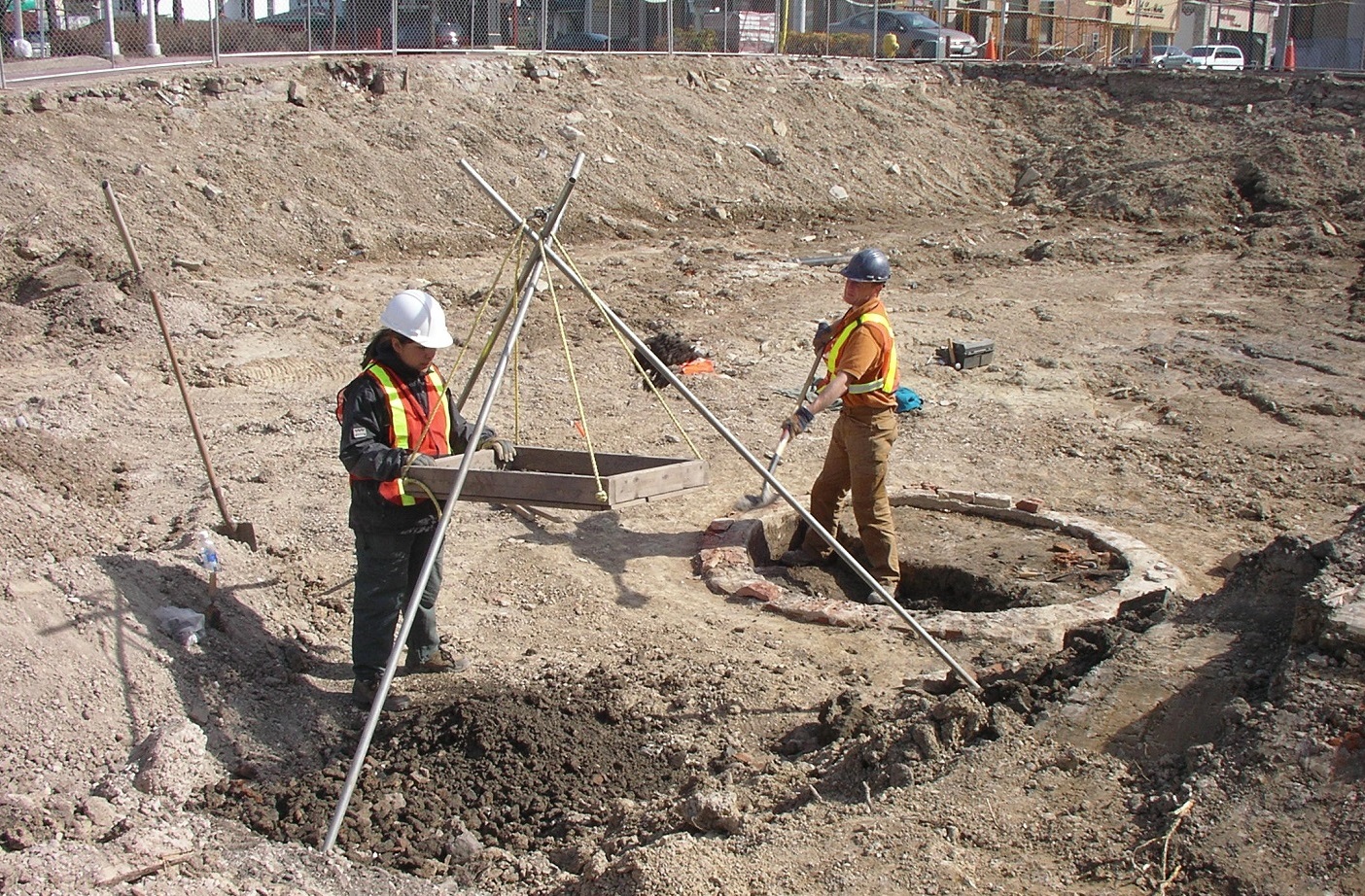With Ontario's rich history spanning more than 12,000 years of human occupation, archaeological assessments ensure that concerns for its cultural heritage are addressed as part of the development planning process. At Timmins Martelle Heritage Consultants Inc. (TMHC) we specialize in archaeological assessments completed in compliance with the Ontario Ministry of Tourism, Culture and Sport’s Standards and Guidelines for Consultant Archaeologists.
Based in London, Ontario, TMHC conducts projects throughout the province, including northern and eastern Ontario. TMHC’s clients include both private and public sectors. Although requirements to complete an archaeological assessment are standard conditions of a wide range of development approvals, each approval process has its own unique requirements and knowing the distinctions can be critical to a successful result.
Archaeological assessments are completed in stages.

Stage 1 Background Research and Optional Property Investigation
Stage 1 is a detailed background study of the geography and land use history of a property reporting on the potential presence of archaeological resources. Stage 1 may also include a field inspection of the property to supplement the desktop study. Although optional, this inspection can provide important, first hand insights into the condition of a property, help to narrow the scope of any necessary Stage 2 assessment, and allow for well-informed recommendations.
Stage 2 Property Assessment
Stage 2 is the physical assessment of a property to determine if archaeological resources are present. This field survey consists of a pedestrian survey or "walk over" of ploughed fields and/or shovel testing of overgrown or wooded areas. If archaeological sites are found, they may not require any further work beyond Stage 2 documentation. Other sites require further testing in order to determine their significance, and these are recommended for Stage 3 assessment.
Stage 3 Site Specific Assessment
Site-specific assessment may be required to determine the size, nature and significance of archaeological sites. A Stage 3 assessment can include a wide range of activities including detailed historical research, collection and mapping of additional artifacts from the surface and controlled sampling through excavation of a portion of the site. The techniques applied in Stage 3 assist the archaeologist in better understanding the complexities of archaeological sites and in determining if Stage 4 mitigation is required.
Pursuing the best possible outcomes

Stage 4 Mitigation
If the Stage 3 testing is productive and a site is deemed significant, Stage 4 mitigation work is conducted. This may involve negotiating avoidance measures to preserve all or part of the site in a green space, or, if unavoidable, partial or complete excavation. The Stage 4 protection and avoidance of an archaeological site involves a number of steps to protect the site in the short term while building the foundation for long term preservation. Stage 4 excavation involves detailed work to remove the archaeological deposit in such a way that the cultural value of the site (artifacts, research data) is conserved for future use. Possible outcomes include tourism, education, research, cultural ceremonies, and respectful curation.
Thousands of years beneath every footstep
Urban Archaeology
It can often be a surprise to people that important archaeological deposits may be buried under parking lots and some buildings. Such urban archaeological sites provide valuable insights into the early history of the cities and towns within our province. Alternative techniques are often employed in the assessment of urban areas. These techniques can include remote sensing, such as ground penetrating radar, or use of heavy machinery to identify and access buried archaeological deposits.
Archaeological Monitoring
Monitoring is an important part of ensuring that the protection and avoidance of an archaeological site has been successful or that the potential for deeply buried deposits is addressed. When operating under these circumstances, having an archaeologist on-site while land-altering development proceeds contributes to a comprehensive risk management strategy.

